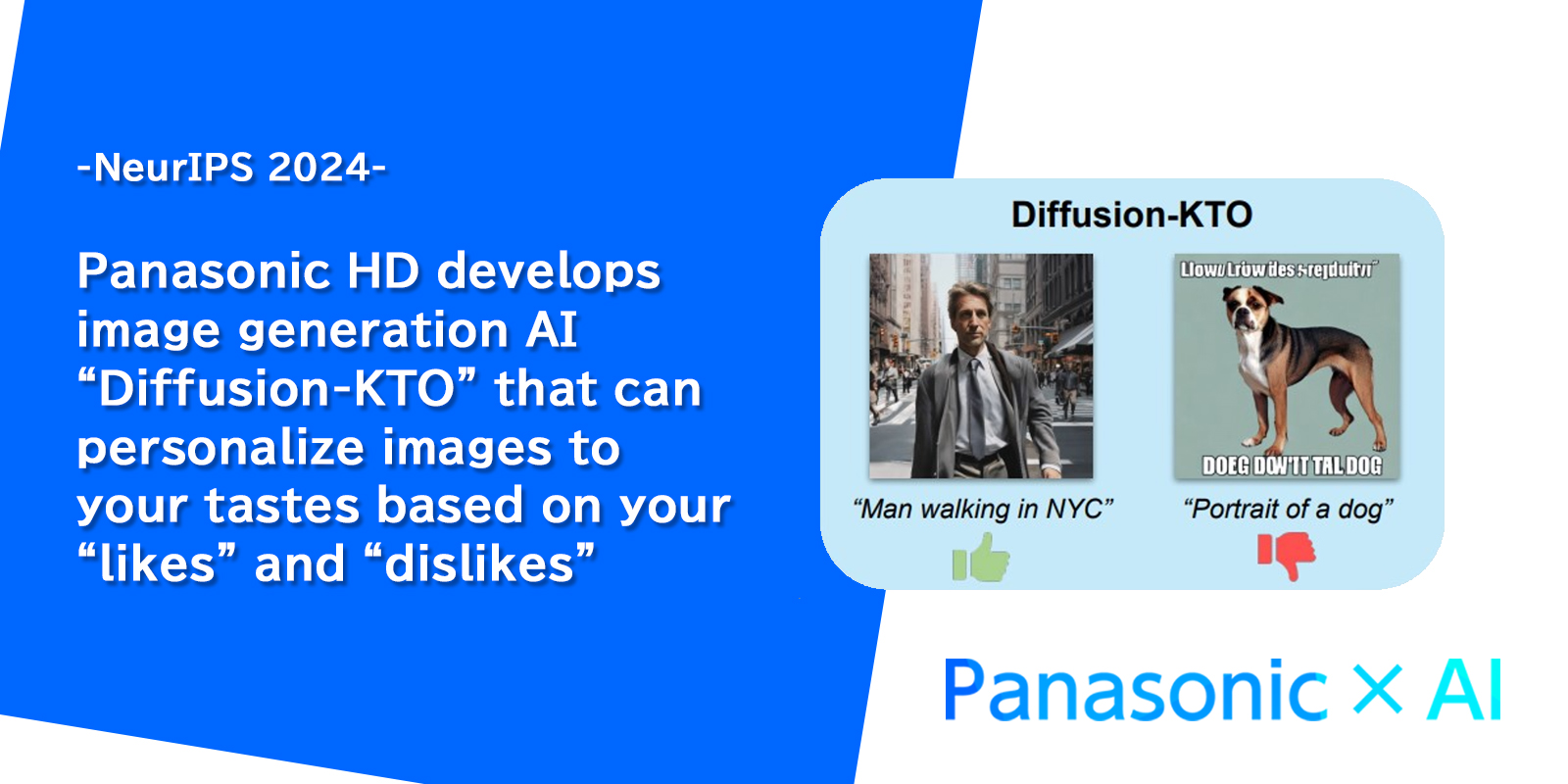
Dec 02, 2024
- Company
- Press Release
- R&D
- North America
- AI & Robotics
[Correction] The title of Dr. Andrew W. Keough, Ed. D. has been corrected on September 18, 2024. (6th paragraph)
(Before correction) the Principal of Saint Agnes School
(After correction) the President of Saint Agnes School

Sep 04, 2024
Company / Press Release
Osaka, Japan, September 4, 2024 – Panasonic Holdings Corporation (Panasonic HD) today announced that it will be conducting a one year STEAM education program for students from kindergarten through eighth grade (K-8) at Saint Agnes School in Massachusetts, US, from September 2024 through June 2025. This program will utilize the “Scratch Home School” curriculum, which has been thoroughly tested and validated in Japan. Building on the success of a preliminary summer camp at the school, this marks Panasonic HD's first long-term implementation of the curriculum in the US, aimed at exploring and validating the potential for expanding into the science, technology, engineering, arts and mathematics (STEAM) education market in the US.
In this program, Panasonic HD aims to conduct classes using a curriculum that incorporates the latest internet of things (IoT) devices developed by Panasonic HD, such as programmable IoT toasters and IoT lighting. This will enable students to engage in STEAM education activities in a practical and creative format.

A class using an IoT toaster

A class using IoT lighting
STEAM education faces some challenges in being overly focused on robots and games, leading to an imbalance in knowledge, with an emphasis on mathematics and physics. Additionally, there is often a weak connection between what children learn and their real-life experiences, which can result in a lack of understanding of the importance of STEAM and a diminished motivation for further exploration.

To address these challenges, Panasonic HD offers a unique curriculum that combines an IoT programming curriculum, which extends into chemistry and biology, with the “Creative Learning” approach advocated by MIT Media Lab, which is based on trial and error. For instance, students use a programmable IoT toaster to bake cookies, they can adjust temperature, time, and heating elements through programming to create their ideal cookies. Through this process, students learn about the chemistry and biology involved in cooking while engaging in hands-on experimentation. The knowledge gained through these everyday experiences can be applied to other cooking tasks or even allow children to invent their own new recipes.
Through a curriculum closely tied to daily life situations, such as cooking and manipulating lighting, students can experientially understand the relationship between the STEAM knowledge they acquire and their own lives. This approach enhances the perceived relevance of STEAM education and boosts motivation for further exploration. Additionally, the Creative Learning method, through trial and error, helps students discover areas they are passionate about and encourages them to engage with enthusiasm.
Andrew W. Keough, Ed. D., the President of Saint Agnes School, says,
“The Saint Agnes School community is thrilled to be partnering with Panasonic as we advance our STEAM initiatives. We recognize the value that Panasonic, a leader in the field of science and technology, brings to our school and look forward to expanding our relationship further through fun and innovative learning experiences for our students.”
This extended period of continuous STEAM instruction marks a first for Panasonic HD. Going forward, the company plans to evaluate this curriculum while exploring the potential for STEAM education in the US. Over the course of the year-long program, Panasonic HD will strive to provide an environment where students can experiment and learn through hands-on trial and error.

Classes at the summer camp
From August 5 to 15, 2024, the school held a STEAM summer camp. The camp targeted 10 students from kindergarten to third grade, and the sixth grade and offered a 4-day program featuring curricula on programmable IoT toasters, IoT lighting, and sound creation. The camp conducted classes together with researchers from MIT and Tufts University who came to observe the program. The camp received high praise from participants and parents, with extremely high satisfaction being reported and children indicating a desire to retake the course, confirming the effectiveness of the curriculum in preparation for the upcoming STEAM classes.
Below is an example of a parent's feedback:
“This was really an exciting camp for my daughter,” the parent said. “It combined her love of science with really fun, creative and engaging activities!”
“The STEAM camp was such a great opportunity for my daughter. She came home every day with such excitement and enthusiasm about what was learned. My daughter enjoyed the connection of knowledge around everyday life with science, engineering, mathematics and technology. My daughter also enjoyed learning about creative lighting,” another parent said. “She was very proud to share things like light diffusion, absorption, reflection and transmission. She has all of her designs on display at home! Again, she was able to communicate what changes she would make in the future to design a bigger and brighter model.”
Panasonic HD remains committed to fostering children's creativity through advanced educational programs.
Technical Public Relations Contact, Technology Planning Office, Panasonic Holdings Corporation
Email: crdpress@ml.jp.panasonic.com
|
About the Panasonic Group Founded in 1918, and today a global leader in developing innovative technologies and solutions for wide-ranging applications in the consumer electronics, housing, automotive, industry, communications, and energy sectors worldwide, the Panasonic Group switched to an operating company system on April 1, 2022 with Panasonic Holdings Corporation serving as a holding company and eight companies positioned under its umbrella. The Group reported consolidated net sales of 8,496.4 billion yen for the year ended March 31, 2024. To learn more about the Panasonic Group, please visit: https://holdings.panasonic/global/ |
The content in this website is accurate at the time of publication but may be subject to change without notice.
Please note therefore that these documents may not always contain the most up-to-date information.
Please note that German, French and Chinese versions are machine translations, so the quality and accuracy may vary.